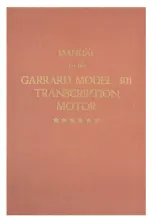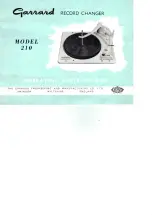
46
FCC compliance information
This device complies with Part 15 of the FCC`s Rules. Operation is subject to the following two Conditions:
• This device may not cause harmful interference, and
• This device must accept ant interference received, including interference that may cause undesirable
operation.
This device complies with part 15 of the FCC Rules. Operation is subject to the condition that this device
does not cause harmful interference.
End users cannot modify this transmitter device. Any Unauthorized modification could void the user’s
authority to operate this device.
This device was tested for typical body-worn operations with the back of the handset kept 0.39 inches (1cm)
between the user’s body and the back of the handset.
To comply with FCC RF exposure requirements, the handset must be kept 0.39 inches (1cm) from the body
without any reference to a particular side or edge.
Any beltclips, holsters, and similar accessories containing metallic components may not be used.
Body-worn accessories that cannot maintain 0.39 inches (1cm) separation distance between the user's
body and the handset, and have not been tested for typical body-worn operations may not comply with
FCC RF exposure limits and should be avoided.
Part 15.105 (B)
This equipment has been tested and found to comply with the limits for a Class B digital device, pursuant
to part 15 of the FCC Rules. These limits are designed to provide reasonable protection against harmful
interference in a residential installation. This equipment generates, uses and can radiate radio frequency
energy and, if not installed and used in accordance with the instructions, may cause harmful interference
to radio communications, However, there is no guarantee that interference will not occur in a particular
installation. If this equipment does cause harmful interference to radio or television reception, which can be
determined by turning the equipment off and on, the user is encouraged to try to correct the interference by
one or more of the following measures:
• Reorient or relocate the receiving antenna.
• Increase the separation between the equipment and receiver.
• Connect the equipment into an outlet on a circuit different from that to which the receiver is connected.
• Consult the dealer or an experienced radio/TV technician for help.
Modifications not expressly approved by the manufacturer could void the user’s authority to operate the
equipment under FCC rules.
Appendix C Safety and Regulatory Compliance




































